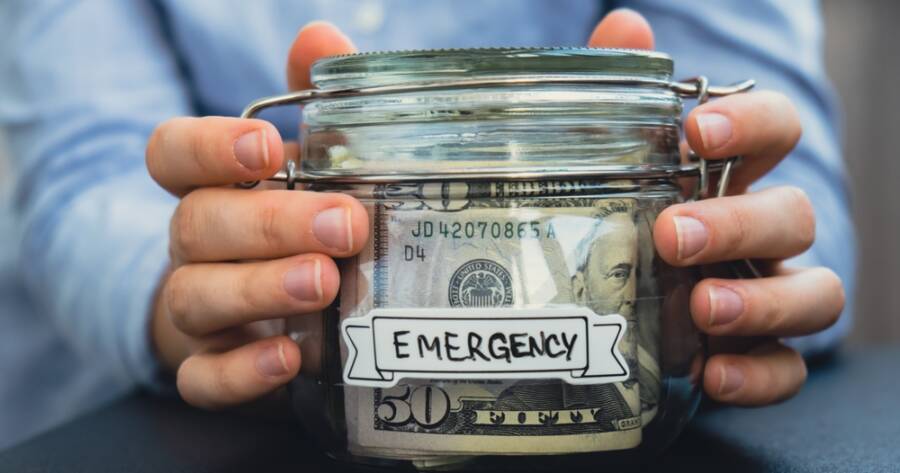Life is full of unexpected twists, from sudden medical expenses to surprise car repairs. Without a financial cushion, these situations can quickly spiral into stress and anxiety. An emergency fund can offer that much-needed buffer, providing financial stability during turbulent times. But how exactly do you build this crucial reserve? Let’s dive into some strategies that can help you create a reliable financial safety net.
Understanding the Importance of an Emergency Fund
An emergency fund can act as your financial buffer, absorbing shocks from unexpected expenses. It can keep you from falling into debt when life throws a curveball. While you might think job stability or good health will keep you safe, emergencies are often unpredictable. Having funds set aside could mean the difference between a minor inconvenience and a major financial setback.
Ideally, you want to aim for three to six months’ worth of living expenses saved. However, the actual amount can vary depending on your personal circumstances. Consider your job security, health status, and other financial obligations when setting your target amount. A small cushion can provide some flexibility, helping you navigate life’s unpredictable moments with less stress.
Starting Small: The Initial Steps
Begin by setting a modest initial goal, such as $500 or $1,000. This may seem small, but even a little can provide some peace of mind when emergencies strike. Focus on putting aside a small percentage of your income regularly. Automating the process by setting up automatic transfers to a savings account might make it easier to stay disciplined.
Consistency is key, and you don’t have to set aside large amounts at once. Review your budget to identify areas where you can cut back and redirect those funds to your emergency savings. It is often helpful to track your spending and find expenses that are non-essential and could be reduced or eliminated. Every little bit saved might contribute to building your fund over time.
Identifying Potential Savings Sources
Look for ways to cut unnecessary expenses to save more for your fund. This doesn’t mean you need to abandon all your leisure activities. However, small adjustments, like reducing dining out or subscription services, can accumulate significant savings. Consider renegotiating bills, such as your phone or insurance premiums, for better rates.
A side hustle could also be a viable way to boost your savings. While it might require some extra effort, the additional income could significantly grow your emergency fund. Freelancing, part-time jobs, or selling unused items might provide extra cash flow. Every additional dollar saved can increase your financial buffer, helping you reach your goal faster.
Choosing the Right Savings Account
Selecting an appropriate savings account for your emergency fund can be crucial. You may want to look for accounts with no fees, offering easy access to your money. High-yield savings accounts are often recommended because they may offer better interest rates than traditional savings accounts. However, make sure the account is liquid enough so you can access it whenever you need it.
Also, consider the institution’s reliability and convenience. You might avoid using a standard checking account to keep your emergency fund separate from daily expenses. A little extra research on account options could pay off in the long run. The right account could maximize your savings potential while ensuring ease of access during emergencies.
Adjusting Your Fund Over Time
As your life circumstances change, so too might the needs of your emergency fund. Major life events, such as a new job or an addition to the family, can necessitate adjustments. Periodically review your financial situation and goals. If your expenses or risks increase, consider boosting your fund accordingly.
Regular check-ins with your fund might prevent it from becoming outdated. If you receive a raise or windfall, adding a portion to your fund could be wise. Also, regularly revisiting your fund’s strategy ensures it remains aligned with your current financial landscape. Life is dynamic, and keeping your emergency fund tuned to your situation is essential.
A Safety Net Worth Building
Successfully building an emergency fund requires ongoing effort and dedication. It may demand sacrifices and adjustments, but the peace of mind you gain can be invaluable. The path to financial security isn’t always easy, but with deliberate steps, you can move closer to your goal. Think of your emergency fund as a personal safety net, there to catch you if you fall. The efforts you invest today might protect you from financial turmoil tomorrow.

